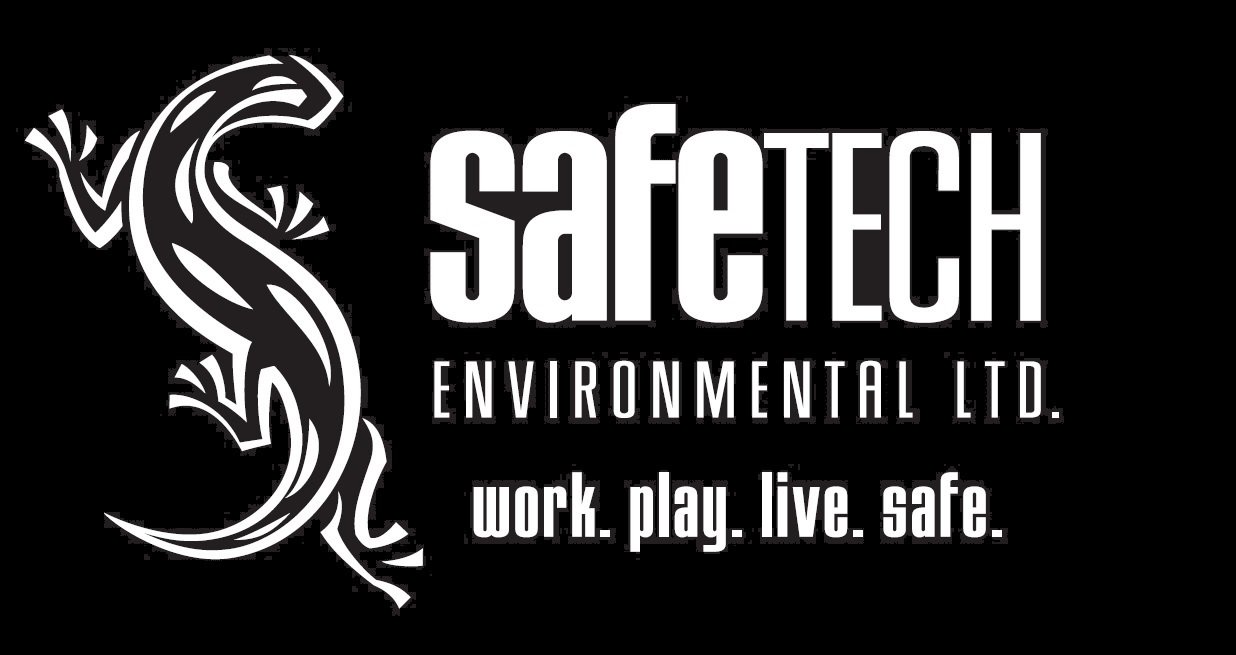Occupational Hygiene
What are you exposed to?
Exposure to chemical and physical agents can occur as a consequence of work activities. Overexposure to these agents is a major cause of occupational illness, and nobody wants to get sick as a consequence of their work. Secondary to this, worker illness can result in significant costs for business through lost time and higher workplace insurance premiums.
Workers have a right to a healthy workplace. It is a duty (and a regulatory requirement) for owners, supervisors and constructors to ensure that the health and safety of workers is protected by taking every precaution reasonable in the circumstances.
Am I adequately protecting my employees?
Am I in compliance with regulations?
Employees are concerned about their work environment, what do I do?
I have an Order to Comply, now what?
Whether a part of your own due diligence, a response to worker concerns or an order to comply from a regulatory agency, Safetech can guide you through the process to ensure a safe work environment that meets and exceeds regulatory requirements. Our team of Certified Industrial Hygienists (CIH), Registered Occupational Hygienists (ROH), Canadian Registered Safety Professionals (CRSP) and Occupational Hygiene Technicians are experienced in the recognition, evaluation and control of workplace hazards.
What’s the Process?
Depending on the nature of the request, Safetech will evaluate the concerns and review work processes, procedures and Safety Data Sheets for the materials being used to determine an appropriate assessment strategy. This information is used to develop a sampling strategy that determines what agents to sample for and how, how long, where and when to take the samples. Sampling may include one or a combination of area and personal sampling - where the sampling train (e.g. pump, tubing and collection media) is attached to a workers breathing zone to determine personal exposure.
In addition to sampling to evaluate worker exposure, a typical workplace exposure assessment also includes an evaluation of work practices, personal hygiene practices, administrative controls, engineering controls (e.g. exhaust ventilation) and personal protective equipment in use that may influence worker exposure to the agents of concern. At the completion of the assessment, samples are submitted to qualified and independent laboratories and any data from direct-reading equipment is downloaded. Results are compared to regulated exposure limits, which are expressed as an 8-hour time-weighted average (TWA), a short-term exposure limit (STEL) or a ceiling (C) limit.
Once all pertinent information has been obtained and evaluated, a formal assessment report is provided. This report details results of the findings and indicates whether current conditions are in regulatory compliance or not. Whether results indicate that workers may be overexposed to certain agents are not, recommendations are often provided as to what additional control measures or changes in work practices, etc. can be made to reduce the potential for worker exposure.
Typical Occupational Hygiene Services Provided by Safetech Include:
Assessments for regulatory Orders to Comply
Workplace Exposure Assessments to Chemical Substances
Noise Exposure Assessments
Heat Stress Assessments
Confined Space Assessments
Chemical Spill Assessments (e.g., mercury, hydrocarbons, etc.)
Workplace Safety Audits & Evaluations
Local Exhaust Ventilation Assessments
Respirator Fit-Testing (Quantitative and Qualitative)
Laboratory Fume Hood Exhaust Decommissioning (e.g., perchloric acid, metals, etc.)
Globally Harmonized System (GHS) / Workplace Hazardous Materials Information System (WHMIS 2015) Training





